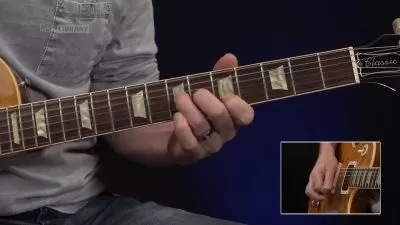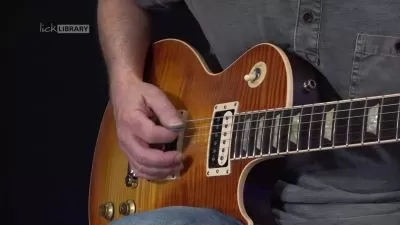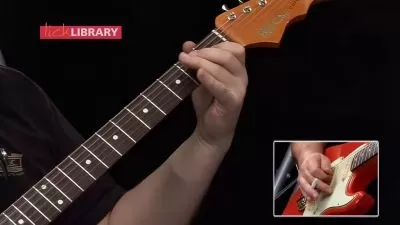About Classical GuitarLearn More
Classical guitar is played without any electronic devices such as amplifiers or effects and has a very pleasant sound. Some classical guitar strings, the bottom 3 strings, are nylon or some type of plastic. This is the reason why the sound of classical guitar is very different from other guitars. In some pop styles, this instrument is used for arpeggio, melody or chord, which gives a very beautiful atmosphere to the work of art. The main body of this guitar is made of wood, which is completely hollow inside so that it can reflect the sound of the strings well.
Sort by:
Sorting
The newest
Most visited
Course time
Subtitle
Filtering
Frequently asked questions about Classical Guitar
“Classical guitar” technically has two definitions: one related to the style of music and the other to the instrument itself. Stylistically, the term refers to playing classical (that is, non-popular, folk, rock, jazz, etc.) music on the guitar. This style has its own set of techniques that set it apart from modern acoustic guitar playing, and the guitar itself is different, too. Whereas an acoustic guitar uses steel strings, a classical guitar features strings made of nylon or gut. These strings have a gentler, mellower sound than steel, and you don't typically play them with a pick. The body of the guitar is smaller, which adds to the softer tone. Even if you are not planning on playing classical music, a classical guitar can be a great first guitar since it is a bit more forgiving on uncalloused fingers. The strings are easier to press down, though steel-string guitarists will get over this particular challenge relatively quickly.
Part of the guitar's appeal is that it is relatively easy to learn and improve quickly. The techniques, music theory, and complexities that make any instrument “hard” come as you progress and challenge yourself with new material. Classical music tends to be more theory-intensive than modern music, and being able to read music is often expected. Many pieces also involve fast tempos and virtuosic sections — however, there are simplified versions of classical music and plenty of beginner pieces. Furthermore, you can also use your classical guitar to play other songs that are not in the classical genre, which expands your possibilities. However you choose to learn classical guitar, remember: take your time and don’t frustrate yourself by trying for too much too soon.
To answer this question, the most important factor is which style of guitar you want to play. If you want to play classical or flamenco or just like the sound of nylon strings, start with a classical guitar. However, if you plan to learn steel-string acoustic or even electric, you should start with those. Having fun every time you sit down to play your instrument is the biggest indicator of how far you’ll go with it. This said, there are some compelling reasons to start with a classical guitar. Classical guitars are easier to play at first because their strings are more easily pressed down — though steel-string guitarists will quickly get used to this. Classical guitars are also a bit smaller and lighter, though you can find small-scale steel-strings as well. To summarize, the best reason to learn classical guitar first is that it’s the style of music you’re interested in learning.




















